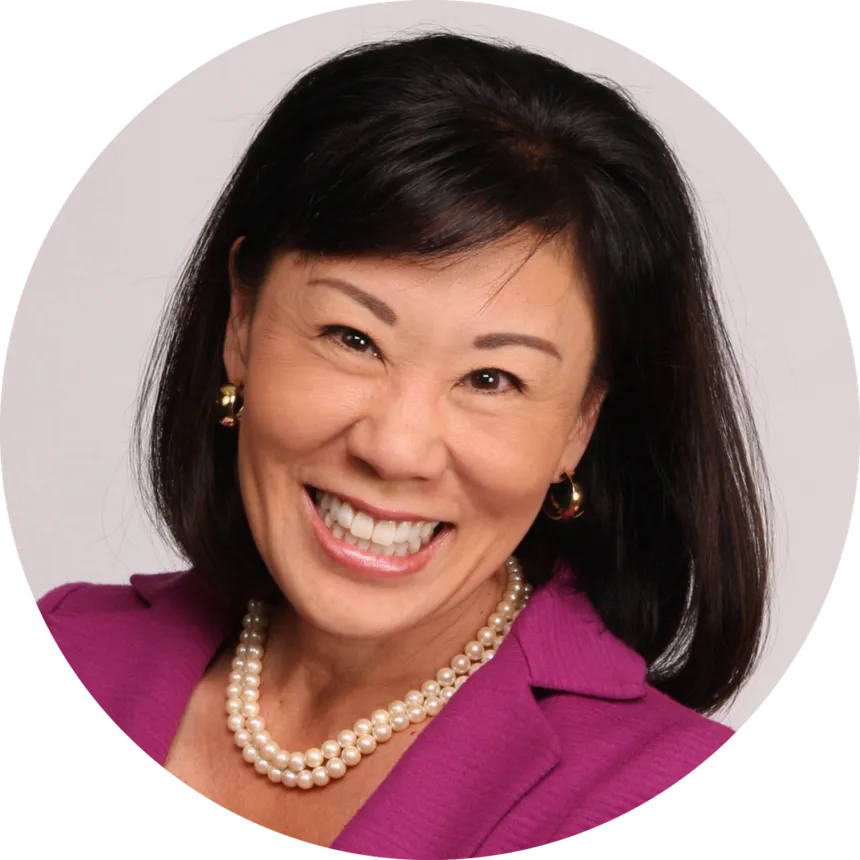Becky Takeda-Tinker is the president of Colorado State College World, a public on-line postsecondary establishment.
All faculties and universities attempt to high the “Better of” lists, which sign to potential college students the status of their establishment or packages. However the methods these rankings are decided can put establishments that serve post-traditional college students – who are sometimes older, attend faculty part-time whereas they work, or don’t take a full course load at an on-campus college every fall – at a drawback.
Built-in Postsecondary Schooling Knowledge System surveys function one of many major data sources for a few of the lists. The IPEDS surveys collect metrics for levels awarded, enrollment figures, price of attendance, and retention and commencement charges.
Moreover, fall-to-fall retention charges from campus-based faculties are a core element of the Widespread Knowledge Set — a collaborative information-sharing and reporting effort amongst knowledge suppliers in larger training and media publishing. The CDS reporting tips play a key half in at the least one influential outlet’s school rankings.

Becky Takeda-Tinker
Permission granted by CSU World
But these metrics are geared towards traditionally “conventional” learners, as they have an inclination to give attention to knowledge from first-time, full-time degree-seeking college students getting into school within the fall semester.
Nevertheless, the upper training panorama has advanced. In 2021, 41% of part-time undergraduate college students had been ages 25 and older, in accordance with federal knowledge. Moreover, 28% of all undergraduate college students took solely distance training programs, with 61% enrolled in at the least one distance training course.
Put up-traditional college students are sometimes missed within the Widespread Knowledge Set and IPEDS knowledge. The truth is, they’re solely captured in roughly half of the IPEDS survey parts. For instance, they might not be included if they’re taking one class at a time, beginning their subsequent class in months apart from the standard fall semester months of August, September or October, or should not first-time college students.
Take, for instance, a 27-year-old that enrolled part-time in December to get an MBA. Say that the scholar pauses taking courses to handle a sick mother or father and resumes education in April, finishing a level the next 12 months. That pupil has discovered success in larger training and made a selection that labored for his or her skilled and private wants.
Nevertheless, at this time’s IPEDS surveys is not going to utterly seize this pupil’s training development or efficiency. And with post-traditional college students this represents a reporting drawback for the fall-to-fall retention, enrollment and commencement fee knowledge by means of IPEDS, which is commonly used to guage institutional efficiency by publications of their rating lists.
In consequence, for on-line faculties and universities which have year-round time period begins for his or her college students — at Colorado State College World, we’ve got 12 begin choices a 12 months — versus one annual fall begin, it’s difficult if not unattainable to obtain an correct IPEDS illustration for pupil engagement, retention and program or diploma completion.
Such larger ed establishments are at a definite drawback for the “Better of” rankings, in the end placing potential college students ready of getting to depend on knowledge that will not signify them to make necessary selections relating to the place — and the way — to attend a postsecondary establishment.
On the identical time, reskilling and upskilling are the way forward for larger training. The U.S. Bureau of Labor Statistics reported earlier this month that the U.S. has 7.6 million unfilled jobs. That, paired with the World Financial Discussion board’s present report that 59% of the grownup inhabitants might want to reskill and upskill by 2030, signifies that of the 163 million U.S. employed inhabitants, over 96 million individuals might want to reskill and upskill to scale back our labor deficit and abilities hole.
With companies’ ongoing dynamic adjustments and desires, it’s clear faculties and universities should proceed to regulate to satisfy the wants of at this time’s learners — and the workforce — by offering versatile and career-relevant pathways for all working-age people to repeatedly acquire the talents they should sustain with organizational wants.
However then shouldn’t our postsecondary establishments’ efficiency reporting requirements alter as nicely?
Filling at this time’s open job positions with certified staff is the duty of postsecondary establishments. To make sure college students can appropriately determine the establishment greatest fitted to their private, skilled and monetary wants, it’s necessary that information shops supply their readers and followers readability and transparency round how “Better of” school rankings are decided.
I encourage potential college students to do their very own analysis to ensure that their school or college of selection really suits their wants. Are the establishments’s packages offering a return on funding to their college students? Does the coursework give attention to the highest abilities employers are on the lookout for at this time, and do they align with present trade requirements?
It is necessary for leaders of postsecondary establishments to actively measure and report correct knowledge on their pupil engagement, retention, program completion, and alumni outcomes on an ongoing foundation. This ensures their college students are advancing of their fields, attaining their private {and professional} objectives, and securing a return on funding for his or her money and time spent on their skilling, upskilling and reskilling wants.
I additionally encourage media shops to make sure that all forms of learners — not simply conventional learners who begin faculty every fall — are mirrored within the lists they’re designating as “Better of.” As a result of with out complete data and knowledge from all forms of college students, are they really the Greatest?

